 There are a set of basic rules that need to be followed when handling any type of chemical. These safety measures need to be taught and practiced to protect the person handling any volatile material as well as anyone who may be in the general area. Manufacturers and laboratories post and publish lists of proper procedures to be strictly followed.
There are a set of basic rules that need to be followed when handling any type of chemical. These safety measures need to be taught and practiced to protect the person handling any volatile material as well as anyone who may be in the general area. Manufacturers and laboratories post and publish lists of proper procedures to be strictly followed.
- Every safety list begins with the proper type of eye wear. Safety glasses come in many varieties and colors, but all serve the same purpose to protect your vision. Prescription glasses have to meet certain criteria to be considered as protection in hazardous conditions. Regardless of the conditions and substance, it is always a good rule to wear safety glasses.
- Before beginning any handling of a chemical, it is important to examine the testing area for the location of eye washing equipment, drench showers, fire extinguishers, and first aid kits.
- Any work with chemicals is a team process that involves an instructor or manager, teammate, and laboratory facility. Every member of the group should be fully aware of the process that is to take place. Open communication is a necessity in the maintaining of a safe environment.
- Every lab or industrial complex has a specific location for lunches, snacks and other types of food. It is inappropriate to have food near any type of chemical.
- Several governmental agencies have stipulations regarding proper signage for hazardous materials. On the signs is information regarding the effects of the chemical, proper use of it, and necessary safety procedures.
- Certain compounds require precise and unique preparation. The first step in dealing with these conditions is to carefully read the safety precautions to determine the dominant chemical, which will be highlighted with words such as “high-concentration”, “low-concentration” or “attenuated”. The warning may also be indicated by capital letters or symbols. As with information on a food container, the higher the chemical is on the warning list the greater the need for detailed preparation.
- Every lab or work environment stipulates that you should never blend or mix chemicals, which is the first rule of chemistry. Such actions can lead to very significant problems and injury.
- Before, during, and after a process, it is important to be neat, clean and well organized. If something is spilled during the process, it should be immediately cleaned and removed to avoid the danger of contamination.
- All chemical substances have the potential of damaging the eyes and skin. Vapors from chemicals can also be harmful. Every chemical should be treated with the greatest respect and handled in a well-controlled planned environment. Working with chemicals and mixed preparations always has the possibility of unpredictable mishaps regardless of the amount of planning. If a substance gets on the skin, it must be washed off immediately.
Safety procedures are very logical. They include careful study of what you are going to do and what chemicals are involved. Proper eye protection and clothing are an obvious first step to ensure the safety of the participant and their teammates. Advanced knowledge of proper safety procedures to be followed in the event of an emergency are a part of proper preparation.
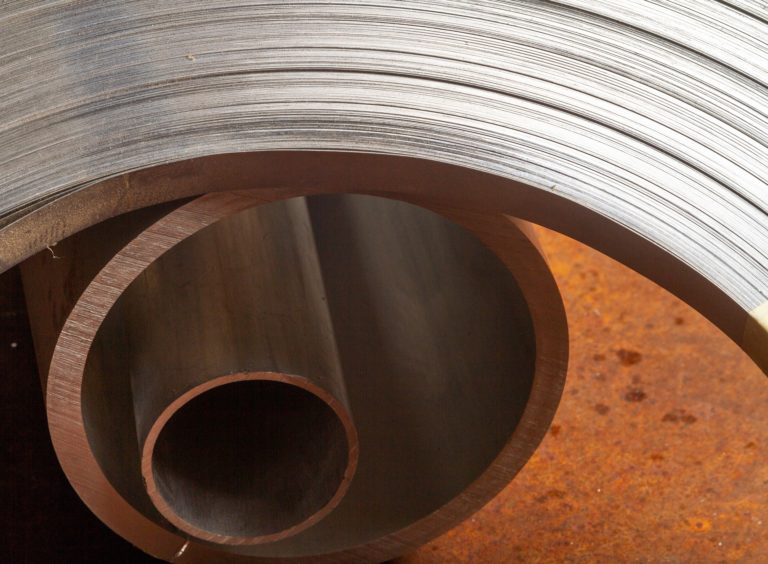 Alloy Suppliers
Alloy Suppliers Aluminum
Aluminum Aluminum Extrusions
Aluminum Extrusions Copper-Brass-Bronze
Copper-Brass-Bronze Magnets
Magnets Nickel
Nickel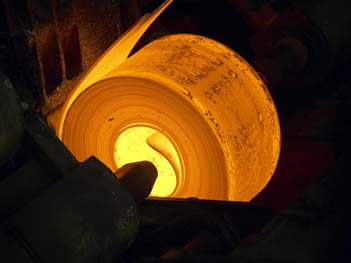 Stainless Steel
Stainless Steel Stainless Steel Tubing
Stainless Steel Tubing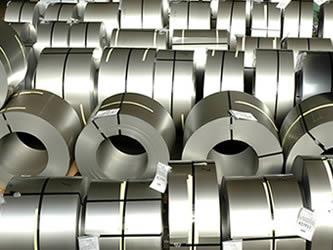 Steel Service Centers
Steel Service Centers Titanium
Titanium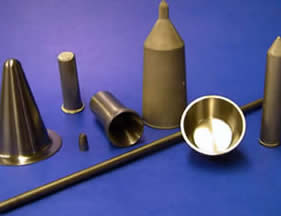 Tungsten
Tungsten Wire Rope
Wire Rope Castings & Forgings
Castings & Forgings Bulk Material Handling
Bulk Material Handling Electrical & Electronic Components
Electrical & Electronic Components Flow Instrumentation
Flow Instrumentation Hardware
Hardware Material Handling Equipment
Material Handling Equipment Metal Cutting Services
Metal Cutting Services Metal Forming Services
Metal Forming Services Metal Suppliers
Metal Suppliers Motion Control Products
Motion Control Products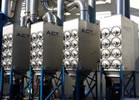 Plant & Facility Equipment
Plant & Facility Equipment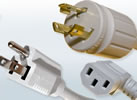 Plant & Facility Supplies
Plant & Facility Supplies Plastic Molding Processes
Plastic Molding Processes Pumps & Valves
Pumps & Valves Recycling Equipment
Recycling Equipment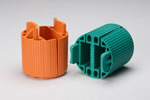 Rubber Products & Services
Rubber Products & Services







